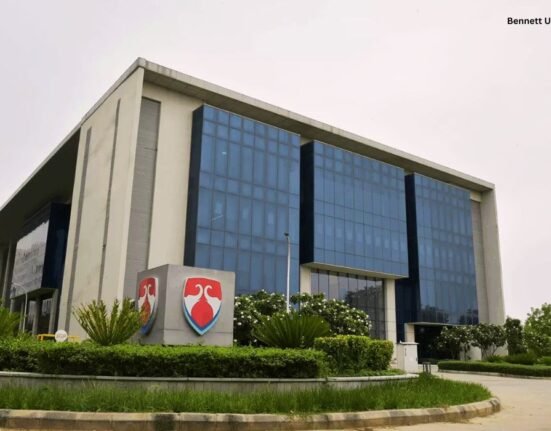New research identified neural biomarkers and associated neural activity for patients with severe OCD (obsessive-compulsive disorder) undergoing DBS therapy. Identification of this neuromarker laid down a big step in the advancement of technology for Deep Brain Stimulation.
What is Deep brain stimulation therapy?
It is a surgical procedure that uses electrical impulses for severe patients with OCD when medications and psychotherapies are not sufficient for interventional management. On average, this treatment is effective for 60 patients out of 100. The results are usually long-term without many complementary medications to stop side effects.
How does it work?
In DBS, the first step is to conduct brain scans so that the regions of the brain that are causing the disruption can be identified. Two electrodes and a neurostimulator are implanted in the identified region to send electric signals at a mild level. With further procedure, the area can be treated with this pattern to facilitate the curability of severe OCD patients.
What is refractory OCD?
Treatment-resistant OCD or refractory OCD is a form of severe OCD for which conventional treatments are not effective. This includes incompetency of medications like that of serotonin inhibitors and therapies like CBT (cognitive behavioural therapy). For this, treatment like DBS needs to be used. These treatments are advanced and only effective for 60% of the patients. But if successful, they can have long-term benefits. People dealing with such severe OCD feel highly impaired in the daily functioning of their lives. According to WHO, around 1% of the population struggle with OCD with many more undiagnosed and unaware about it. Such advanced therapy with the identification of new neuro markers comes as a boon for the treatment.
DBS for psychiatric disorder
DBS is an advanced surgical therapy used for diseases like epilepsy, Parkinson’s disease and other movement disorders. However, with new research and their significance, DBS is finding its place in treatment for psychiatric disorders as well.
DBS Devices are utilised which have dual functions. One is stimulation through electric signals, other is a recording of brain activity. The latter acted as a crucial element in this research for the identification of this biomarker. Along with the neuromodulation through this device, neural patterns for severe OCD patients were able to be observed successfully through these devices.
Impact of clinical biomarker:
Till now, the management of DBT for OCD is much more difficult than that of movement disorders. This is because the treatment and symptoms showcased are often together simultaneously or without any huge time interval. On the other hand, there is a significant delay in electrical stimulation through DBS and further manifestation of symptoms of refractory OCD.
Approach to this research:
For the identification of this biomarker, the most prominent symptoms of OCD were focused. This is the urge to have everything in control. Brain areas associated with this cognitive process were searched depending on the suspected areas. In conclusion, this research by Baylor College of Medicine along with the Texas School of Children has made this groundbreaking milestone in the spectrum of not only DBS therapy but for much more severe psychotic disorders.













Leave feedback about this